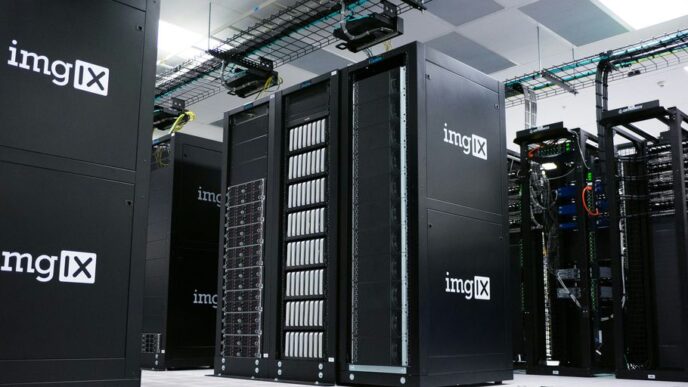Introduction
E-commerce, short for electronic commerce, has revolutionized the way we buy and sell goods and services. Over the past few decades, this digital phenomenon has grown from a novelty to a global powerhouse, transforming the retail landscape and reshaping the way businesses operate. In this article, we will explore the evolution, impact, and future prospects of e-commerce.
The Evolution of E-commerce
E-commerce, as we know it today, has come a long way from its humble beginnings. The concept of online shopping can be traced back to the 1970s when students at Stanford University used ARPANET (a precursor to the internet) to conduct transactions among themselves. However, it wasn’t until the 1990s that e-commerce began to gain traction, thanks to the emergence of the World Wide Web.
Amazon, one of the pioneers of e-commerce, was founded in 1994 by Jeff Bezos. The company’s success in selling books online laid the groundwork for the e-commerce giants we know today. Soon after, other online retailers, like eBay and Alibaba, entered the market, offering a wide range of products and services.
The Impact of E-commerce
- Convenience: E-commerce has brought unparalleled convenience to consumers. With a few clicks, shoppers can access a vast array of products and services from the comfort of their homes. This accessibility has been especially beneficial to those with mobility challenges, busy schedules, or limited access to physical stores.
- Global Reach: E-commerce transcends geographical boundaries, allowing businesses to reach customers worldwide. This expanded market reach has opened new opportunities for both small startups and established enterprises.
- Cost Efficiency: Online stores can often operate with lower overhead costs compared to brick-and-mortar counterparts. This cost advantage can lead to lower prices for consumers, making products and services more affordable.
- Personalization: E-commerce platforms leverage data and artificial intelligence to offer personalized shopping experiences. Recommendations, tailored product suggestions, and targeted marketing campaigns enhance the customer experience.
- Diverse Business Models: E-commerce has given rise to various business models, including dropshipping, subscription boxes, and digital marketplaces. These models have created entrepreneurial opportunities for a wide range of individuals.
- E-commerce in the Pandemic: The COVID-19 pandemic accelerated the adoption of e-commerce as lockdowns and safety concerns led to a surge in online shopping. Businesses that had a robust online presence were better positioned to weather the storm, while others quickly pivoted to e-commerce to stay afloat.
Challenges and Concerns
Despite its many advantages, e-commerce is not without challenges. These include:
- Cybersecurity: With an increase in online transactions comes a higher risk of cyberattacks. Data breaches and fraudulent activities are significant concerns for both businesses and consumers.
- Customer Trust: Building and maintaining customer trust in the digital realm is crucial. Shoppers may be skeptical about sharing personal and financial information online, making it essential for businesses to invest in security and privacy measures.
- Competition: The e-commerce market is highly competitive, making it challenging for newcomers to establish a foothold. Established giants often dominate, which can stifle innovation and limit options for consumers.
- Logistics and Delivery: The last-mile delivery challenge remains a significant hurdle for e-commerce companies. Ensuring timely and cost-effective delivery can be a logistical puzzle.
The Future of E-commerce
E-commerce is continually evolving, driven by technological advancements and changing consumer behaviors. Some trends shaping its future include:
- Mobile Commerce (M-commerce): With the proliferation of smartphones, mobile shopping is on the rise. E-commerce platforms are optimizing their websites and apps for mobile devices to capture this growing market.
- Augmented Reality (AR) and Virtual Reality (VR): AR and VR technologies are enhancing the online shopping experience. Consumers can try on clothes virtually or visualize furniture in their homes, increasing confidence in their purchases.
- Sustainable E-commerce: As environmental concerns grow, consumers are seeking eco-friendly products and sustainable shopping options. E-commerce platforms are responding by offering eco-conscious products and sustainable packaging.
- Artificial Intelligence and Machine Learning: These technologies are being used for more advanced personalization, chatbots for customer support, and predictive analytics to optimize supply chains and inventory management.
- Blockchain Technology: Blockchain is being explored for secure, transparent, and tamper-proof transactions in e-commerce, with applications in supply chain management and reducing fraud.
Conclusion
E-commerce has transformed the way we shop and conduct business. Its evolution, driven by technological advancements and changing consumer preferences, continues to reshape the retail landscape. While challenges persist, the opportunities for growth and innovation in e-commerce are vast. As we look to the future, the digital revolution in commerce shows no signs of slowing down, promising further convenience, personalization, and global connectivity for both businesses and consumers.













